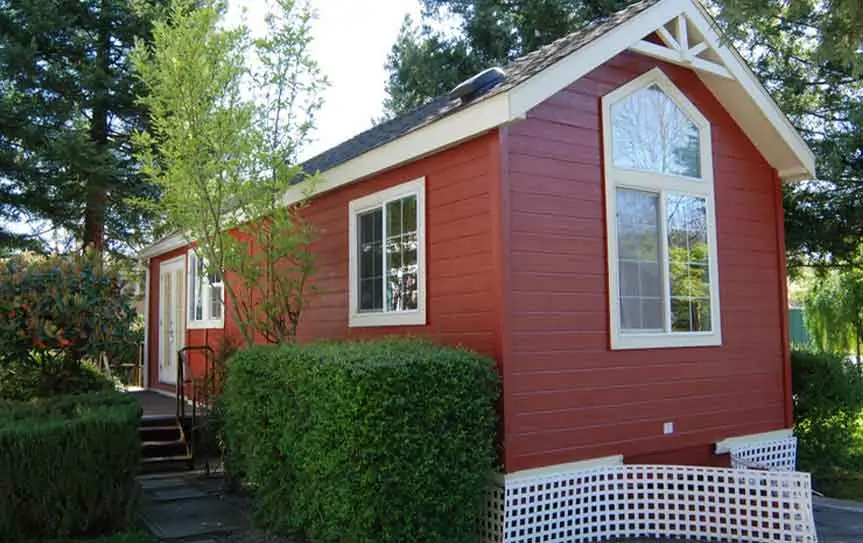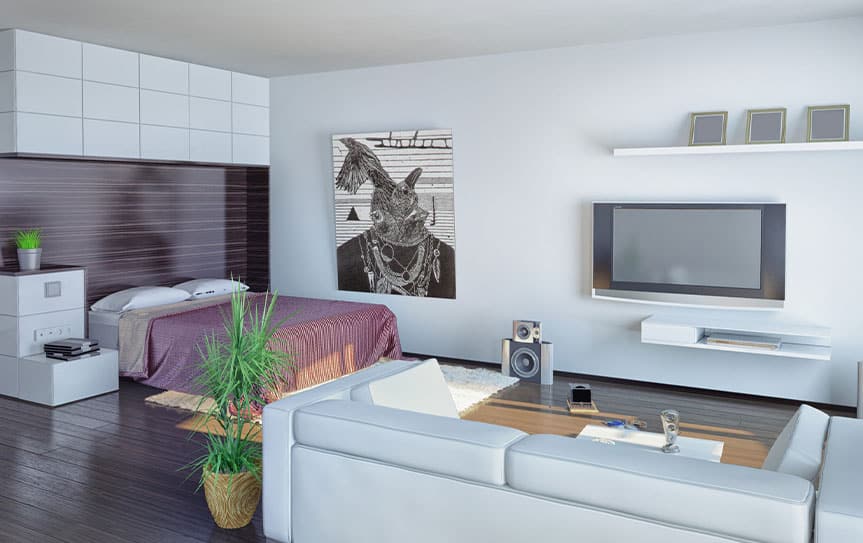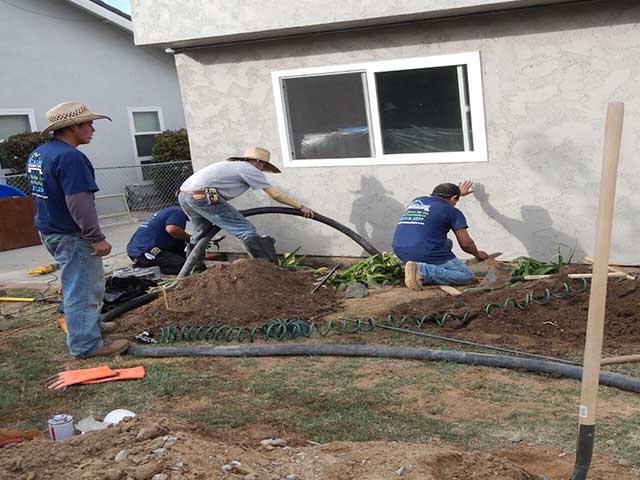When it comes to creating affordable living space, many Los Angeles homeowners have been integrating Accessory Dwelling Units (ADUs) into their single-family residential lots. These compact living spaces create invaluable and profitable living areas.
However, many homeowners are unaware of what makes a living space an ADU, as opposed to a tiny home. Are ADUs, tiny houses, cottages, and granny flats the same? Here’s how to determine the differences between these spaces and discover which type of miniature living space will best suit your needs.
Related: ADU Foundation Repair
Tiny Homes 101
Tiny homes, ADUs, granny flats, and cottages are all terms used to refer to additional housing units that are on a property.
However, they contain some structural, as well as legal, differences. Tiny homes are usually less than 400 square feet and can have a permanent foundation or be considered a recreational vehicle if it is mobile.

Since some areas don’t allow permanent living in vehicles classified as recreational, this type of tiny house cannot be called a granny flat. However, it can in certain cases be considered one when the wheels are removed and a permanent foundation is installed.
The tiny home movement has swept across America as many people are seeking affordable living spaces. As a high-traffic and thriving city, Los Angeles is home to make miniature living units. ADUs have been rapidly rising in popularity in LA. While some tiny house owners prefer putting their structures on wheels, it is overall more advantageous to consider building an ADU.
Related: Junior ADU Guide LA
All About ADUs
ADUs, on the other hand, can also be referred to as granny flats. These homes can be lived in or rented, making ADUs very versatile and profitable spaces to own. However, they must adhere to specific regulations. Only one ADU is allowed per single-family residential lot. However, a Junior ADU can also be built. Both the ADU and main property can be rented out, but if there is a JADU, the owner must live in one of the spaces. ADUs can be up to 1,200 square feet, while JADUs cannot be larger than 500 square feet.
ADUs can be attached to the main residence, such as through a basement or garage conversion. When they are detached from the main home, people also refer to them as granny flats or cottage homes. These types of living spaces must contain mandated kitchen, bedroom, and bathroom space. They must also have separate entrances from the main home. While all of these living spaces can be rented out, they cannot be sold independently from the main property. However, they create excellent sources for passive monthly income.
Benefits of Building ADU
ADUs, granny flats, and cottage homes- call it what you want, but this type of miniature living space is valuable to have. Building an ADU is an excellent way to increase your property value. Many people choose to live in the main home and rent out the ADU, though they can also do the opposite. Retired couples and young professionals who are saving up for a home often find ADUs to be ideal living spaces. They allow people to live in desired neighborhoods at an affordable price, while homeowners enjoy the passive monthly income.
While ADUs can be rented out for as long as the property owner desires, many also choose to use the space. ADUs can be used for home offices, which are especially in demand at the moment. They can also be used as guest homes to house friends and family who are visiting or seeking to downsize and save up money. Some prefer to use ADUs as a family room, game room, crafts room, art room, or socializing area. ADUs are extremely versatile, as they can be used for many purposes and create valuable space in profitable areas such as LA.
Related: Types of Los Angeles ADU

The ADU Advantage
While the tiny home movement is rising, ADUs have a clear advantage. Many people choose to save money through a garage conversion. Turning existing infrastructure into usable living areas is a cost-conscious and profitable move. Since ADUs can be attached to the main living space, as long as they meet all requirements, many homeowners save money by working with structures they already have.
For many, ADUs are a quick way to start earning extra income. Some homeowners also prefer living in the ADU and renting out their main property. Those who adhere to a minimalistic mindset find the condensed space and downsizing to be freeing. The good news is that homeowners always have the choice to move back into the main property or stop renting their living space altogether.
Related: ADU Frequently Asked Questions
Installing an ADU – Why Us?
If you’re considering incorporating an ADU in your Los Angeles property, California Foundation Works has all of the answers you need. From garage conversions to building from the ground up, we have decades of experience and expertise in building, restoring, and repairing properties and homes in the greater Los Angeles area.
ADUs are highly advantageous to own, but homeowners must adhere to specific codes, rules, and regulations. That’s why it’s critical to work with an experienced contractor. We’re happy to discuss your needs, concerns, and budget to determine which type of additional living space will best benefit your property. We’ll draft the plans, secure all permits, and keep you updated every step of the way. Ready to get started on reaping the ADU advantage?
Do you need additional living space in your LA property?
Are you interested in earning passive monthly income?

DON’T HESITATE, GET STARTED TODAY WITH YOUR FREE* CONSULTATION
CONTACT US FOR A FREE* ADU INSPECTION & ESTIMATE!
Please fill out the form below and our representative will contact you within 12-24 hours to schedule a free* inspection.

